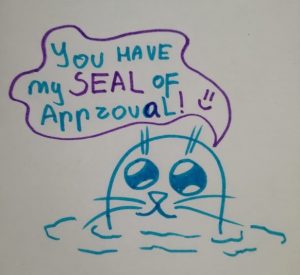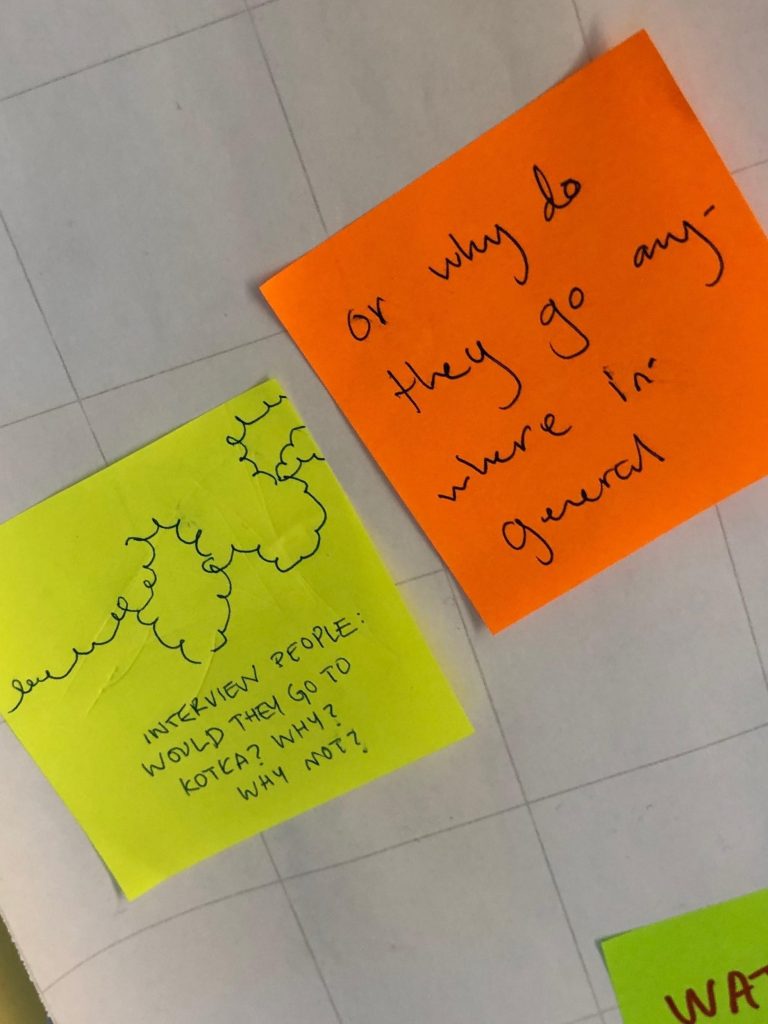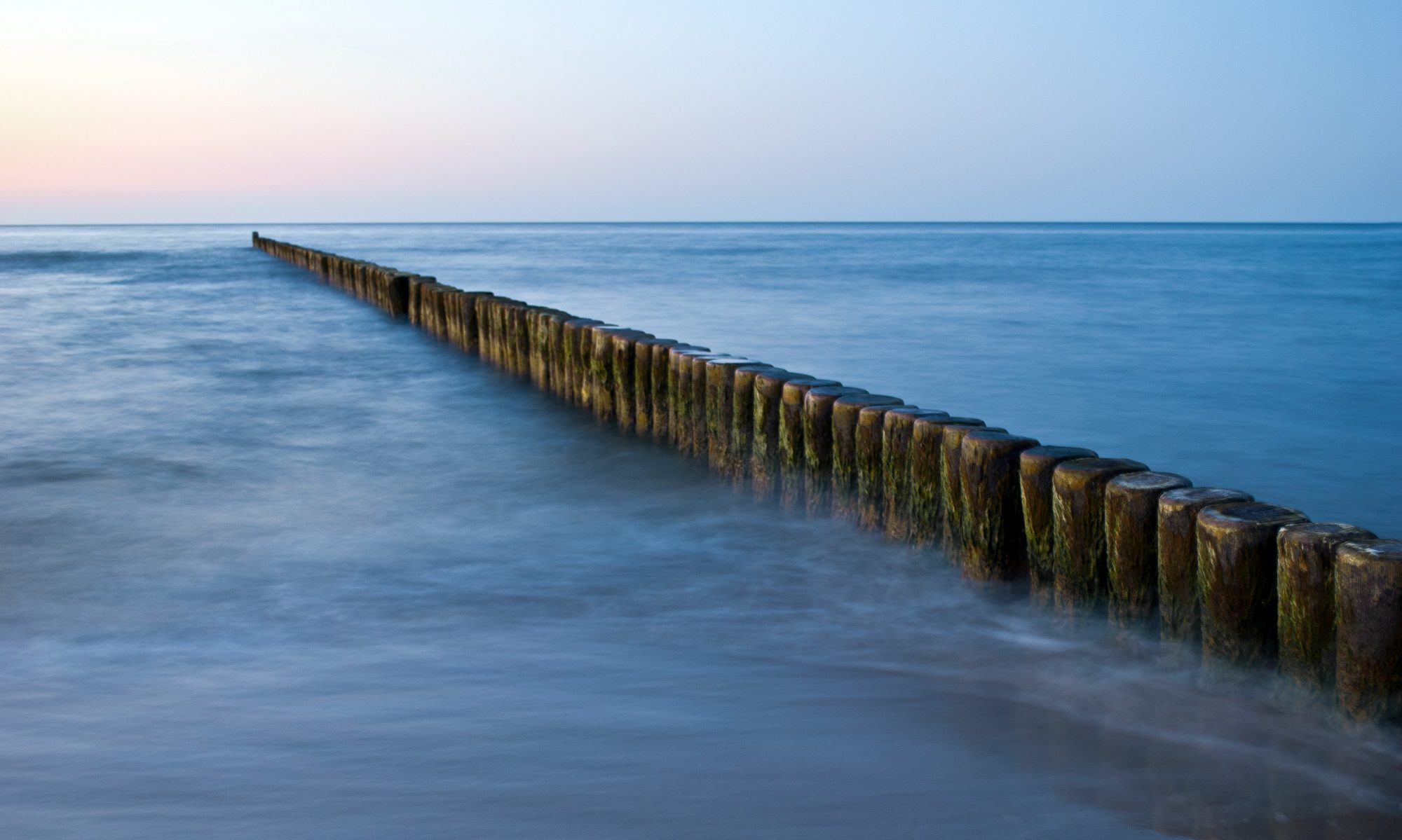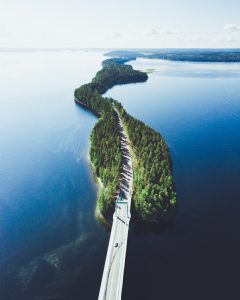Hello Dear readers.
On the 25th of March, the blog was written when workshop was taking place, by group SANE. Let’s introduce group SANE:
Simon – our collected and nice social and environmental student. Anna – Your one and only seal artist, exchange student and today’s blogger. Noora – our cool and hip social psychologist. Emilia – our calm aquatic science environmentalist, editing today’s post.
Today we had to summarize the information we received on our meetings with our partners, ours being Kotka. Anna and Emilia had hopped on a bus on the Friday before, meeting up in the City Hall of Kotka with the architects planning the Old Port area that was a focus for our project as well. After looking at maps of what exists today and what might be there in the future, we headed to the sight. Visiting the Maritime Centre Vellamo and then walking across the island (the distances are very short) to the Maretarium, an aquarium with Finnish fish. Getting a glimpse of what the town is like was on our agenda. It’s a beautiful town with a lot of potential.

Based on our visit to Kotka, we reformulated our question. Having been confused for the last couple session but filled with ideas, we were unsure of the direction we should take. Our partner had given us free hands, so a conversation was in place of what we wanted our focus to be. At first, everything seemed even messier than before, but towards the end of the session our vision started to become more clear.
After small summary, there was need to call experts for further information concerning our project. There was feeling of suspense, who is going to make the call? Noora and Simon volunteered to make the calls.
Our friendly group teacher came with a smile asking, “Who are we gonna call?”
“Ghost busters!” I answered almost automatically (What? Ghostbusters is good movie). Okay jokes aside, time to get serious! Time to decide to whom we should call. Emilia and Noora were searching for people who are in sustainable city development and tourism. One moment Noora was affected by the Life sucks virus, some minutes passed, and Noora was cured in the moment when she found a person to call – “THE LADY” (who the lady is, you may ask. I have the same question, hope to find it later).

(P.S. Funny thing from bloggers perspective – I feel like a Homus Creepus (did you see what i did there), observing my group mates deciding who to call, sometimes jumping from English to Finnish).
Still we have not called anyone, Simon, Noora and I decided that “We should call, but who?”
Emilia – our saint and saviour, invented new mantra ‘’Anything is better than nothing, breathe in breathe out” (P.S. Course mates who I hope are reading this blog, we all struggle, think of cute seal which will either way give you seal of the approval). While we were thinking to call my group mates switched to the Finish. (I must admit finish is pretty language and I can distinguish some words like “turismi” and “Kotka” and “joo” meaning yes, an indication of success!).

ATTENTION: switching to Finnish is not discrimination or a bad thing – it is easier to think of the concrete problem in your mother language.
Time for calling has come! Noora went to call “THE LADY”, I’m remaining hopeful that she will return, but if not, it has been nice to know her. Simon has also gone to call a Demos think tank representative (“Demos” sounds awfully like “demon” – I hope there will be no need to sell his soul to succeed in this course). Some time has passed and I was starting to lose all hope to see Noora and Simon ever again.
Oh! I see Noora and Simon in the horizon, they have come back from their quest. Now for the results – both representatives are really nice and polite, but they were quite busy there will be needing to call later this week. Success nonetheless!
After calling specialists, 20 minutes of summarization of the information has started. We have created 6 information groups – Kotka’s view: what they already have, what they’re focusing on in this project, changes that will happening and ideas they’ve already come up with. The two remaining groups are what we think is missing from Kotka and the ideas we’ve come up with.

The next step is to present our summarization to other people and visit other groups in the clockwise direction. Our mission beginning, me and Emilia set on this campaign. Our journey brought us to the Kasvitieteellinen puutarha, or masters of the cardboard (P.S. they are not cardboard). They were trying to make marketing for paper packaging without diminishing and being mean to plastic.
Next were the Sea Hawks, one thing we all should be admire is that they are incredibly determined to find a good and sound solution for their problem, which is quite HARD and requires a lot of scientific research.
Next part of Emilia’s and mine journey had brought us to the group Mammals – one of their main ideas is that people are to be fined for visiting archipelago islands. A project quite like ours but taking a very different approach. After the Mammals Emilia’s and mine journey was brought to the halt. Our group mates went to continue our campaign, me and Emilia becoming the knowledge keepers of our project.
After our clockwise journey we gathered around the square table to discuss the future of our project – we decided to focus on accessibility, making a full circle of what we thought at first.

In the end of the lecture our we received the homework our independent work has started. We will head to city centre of Helsinki on Wednesday morning, wish us luck!
Anna and Emilia







